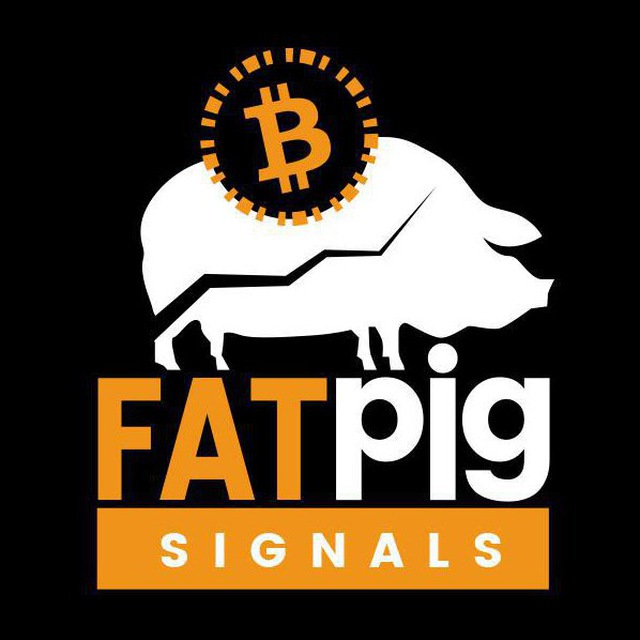Optimism vs. Arbitrum: Ethereum Layer-2 Rollups Compared

Several Ethereum scaling solutions have emerged over the past few years, with Optimism and Arbitrum among the more popular ones. So, which one packs more punch when it comes to making transactions faster, reducing gas fees, and offering a seamless user experience on the Ethereum network? We explore these elements in detail in this comprehensive Optimism vs. Arbitrum comparison.
The backdrop
Ethereum’s brightness as the main decentralized layer-1 blockchain for brilliant agreements and DApps is sometimes blurred by difficulties. The greatest difficulties it faces include:
- Slow exchange speed
- Low TPS (exchange each second)
- High gas expenses (network charges)
As a matter of fact, as the quantity of decentralized applications (DApps) on the organization develops, the comparing flood in movement brings about longer exchange times and soaring gas charges.
While Ethereum 2.0 (frequently alluded to as ETH 2.0 or Serenity) is a vital move up to address Ethereum’s versatility and security challenges, it’s a multi-stage rollout that will require some investment to completely carry out. During this period, the Ethereum network should in any case uphold a developing number of DApps and exchanges. Layer-2 arrangements like Arbitrum and Idealism give quick alleviation by offloading a portion of the value-based volumes from the fundamental chain.
It is essential to note here that while one of the essential benefits of layer-2s for the Ethereum network is facilitating exchange stacks, these arrangements likewise offer a few different advantages. For example, some layer-2 arrangements are intended to work consistently across numerous blockchains, not simply Ethereum. This cross-chain usefulness can be worthwhile in a multi-chain future. Accordingly, these arrangements are probably going to stay popular even after the total ETH 2.0 rollout.
“Layer-2 is the future of Ethereum scaling and the only safe way to scale Ethereum while preserving decentralization that is so core to the blockchain”
Get to know Godleak
Godleak crypto signal is a service which provide profitable crypto and forex signals. Godleak tried to provide you signals of best crypto channels in the world.
It means that you don’t need to buy individual crypto signal vip channels that have expensive prices. We bought all for you and provide you the signals with bot on telegram without even a second of delay.

Godleak crypto leak service have multiple advantages in comparision with other services:
- Providing signal of +160 best crypto vip channels in the world
- Using high tech bot to forward signals
- Without even a second of delay
- Joining in +160 separated channels on telegram
- 1 month, 3 months , 6 months and yearly plans
- Also we have trial to test our services before you pay for anything
For joining Godleak and get more information about us only need to follow godleak bot on telegram and can have access to our free vip channels. click on link bellow and press start button to see all features
Join for Free
☟☟☟☟☟
https://t.me/Godleakbot
Also you can check the list of available vip signal channels in the bot. by pressing Channels button.
What is Arbitrum?
Arbitrum, a layer-2 scaling arrangement, is one of the most believed L2 stages on the Ethereum organization. Its main goal is direct: to speed up exchanges and cut down costs. Arbitrum is completely incorporated with Ethereum and is viable with the organization’s current brilliant agreements and DApps.
The stage influences Hopeful Rollups, a strategy that groups exchanges, submitting them to the Ethereum mainnet in bunches. This approach reduces expenses as well as lifts exchange speeds, upgrading the in general Ethereum experience for clients. For those unaware of everything going on, a “rollup” is a scaling arrangement intended to expand the quantity of exchanges the organization can process. It accomplishes its goal by taking a large portion of the conditional calculation off-chain while guaranteeing the information is as yet certain on-chain.
A significant aspect of Arbitrum is its native ARB crypto, which underpins governance within its ecosystem, allowing for decentralized decision-making.
What is Optimism?
Very much like Aribitrum, Hopefulness is additionally a Layer 2 scaling answer for the Ethereum blockchain. It intends to determine the well established issue of adaptability without compromising security or decentralization.
Like Aribtrum, the Idealism arrangement conveys Hopeful Rollups, which increments throughput by taking care of most exchanges off-chain while using the hidden Ethereum blockchain for security. This approach takes into account quicker exchange handling and lower charges, altogether improving client experience.
The Good faith convention presents a one of a kind token, the Over powered Token, which assumes a vital part in the organization’s activity. It’s utilized for different purposes inside the environment, including paying for exchange charges and boosting genuine way of behaving among members.
Moreover, Confidence is intended to be completely viable with Ethereum, implying that engineers can port their decentralized applications to Positive thinking with practically zero alterations. This simplicity of progress is a critical benefit as it brings down the obstructions for designers and empowers the reception of this layer2 arrangement.
Besides, Positive thinking’s way to deal with scaling is supposed to assume an essential part in Ethereum’s change to Ethereum 2.0, which expects to settle the versatility trilemma – accomplishing an equilibrium among decentralization, security, and versatility.
Optimism vs. Aribitrum: What makes them similar?
Both Arbitrum and Hopefulness act as layer 2 rollups for Ethereum. They fundamentally expect to:
Divert the vast majority of the principal chain’s action to an off-chain layer 2.
Draw in with the principal chain’s shrewd agreement to oversee withdrawals/stores and affirm off-chain tasks.
Both rollups should constantly guarantee the validness of the off-chain information. Aside from that, Arbitrum and Good faith share further similitudes, for example,
Misrepresentation confirmations: These are effective for scaling as they enact just when bogus blocks are distinguished, rationing the organization’s computational power.
Moment certainty: Exchanges get settled when a block is framed, bypassing different affirmations, prompting a quick, productive organization.
Cross-chain spans: They work with token exchanges between layer-1 and layer-2.
While both Optimistic rollups and Arbitrum significantly reduce ETH gas costs, they differ in their proof verification methods and how they address potential compatibility challenges.
Optimism vs. Aribitrum: What sets them apart?
Arbitrum and Good faith, while both layer-2 answers for Ethereum, have unmistakable attributes and functionalities. The Idealism group spearheaded the idea of rollups, and later, the Arbitrum group altered this establishment, prompting two distinct arrangements.
The fraud-proof showdown
We should envision a situation — one in which you’re attempting to recognize a misstep in a book. Positive thinking’s methodology resembles perusing the whole book in one go, wanting to get the mistake. It utilizes a solitary round resistant to extortion, and that implies it rests on Ethereum (L1) to handle the whole L2 exchange. It’s speedy, yet it resembles utilizing a demolition hammer to pop open a nut — it costs more gas, and the L2 expense is limited by the L1 gas block.
Arbitrum, then again, resembles utilizing an amplifying glass to intently inspect each page. It utilizes multi-round misrepresentation confirmations, focusing in on unambiguous exchange conflicts. This strategy is more effective, and since L2 exchanges aren’t entirely executed on L1, the gas block limit doesn’t secure it.
Ethereum ties and virtual machines (VMs)
Both Arbitrum and Good faith are dependable companions to Ethereum, depending on its validators for fair exchange handling. In any case, this separates them — Good faith uses’ Ethereum Virtual Machine (EVM). This implies any tremendous change in Ethereum could prompt disparate results in Confidence.
Arbitrum, nonetheless, walks to its own beat with its Arbitrum Virtual Machine (AVM). DApps from EVM get consequently meant AVM. That resembles having your own uniquely crafted suit — it fits perfectly, giving Arbitrum full control. Also, while Positive thinking is restricted to the Strength compiler for OVM bytecode, Arbitrum upholds different EVM dialects.








